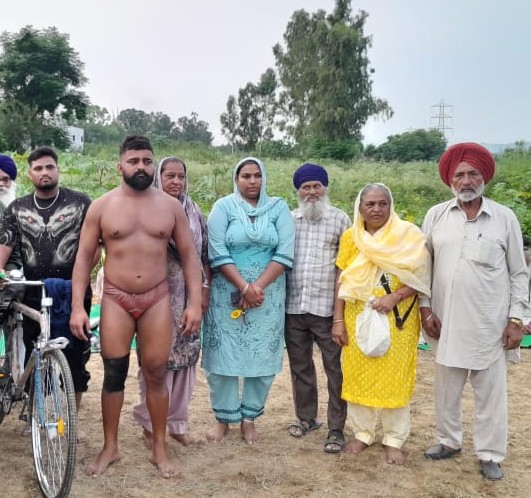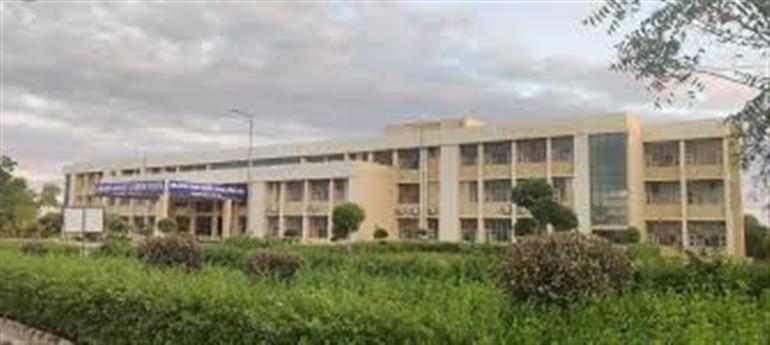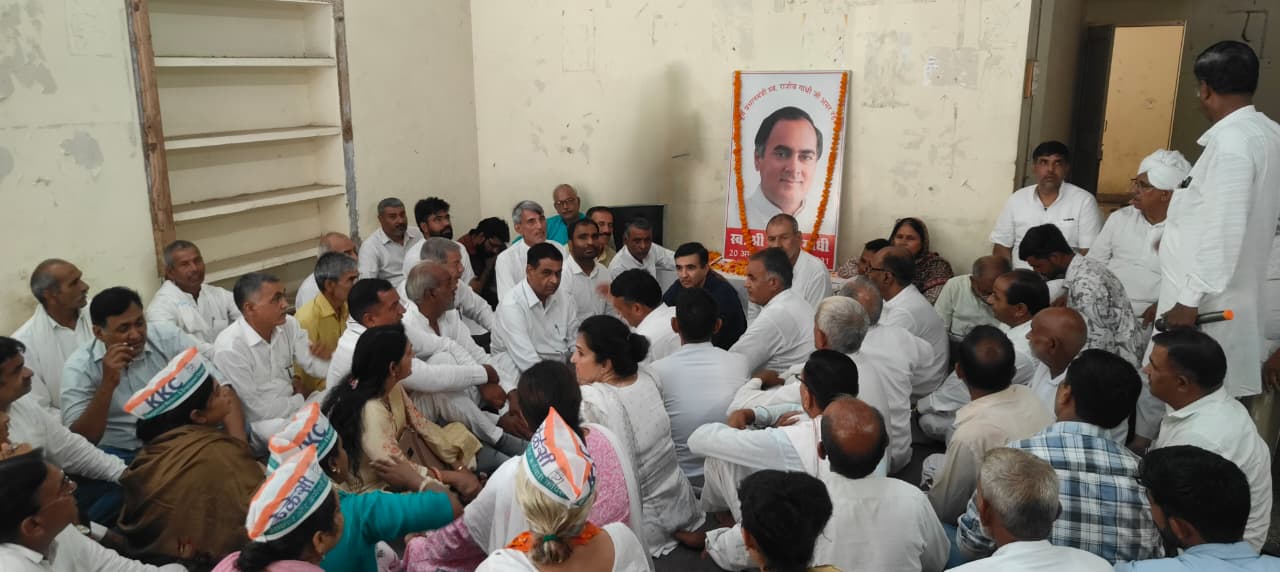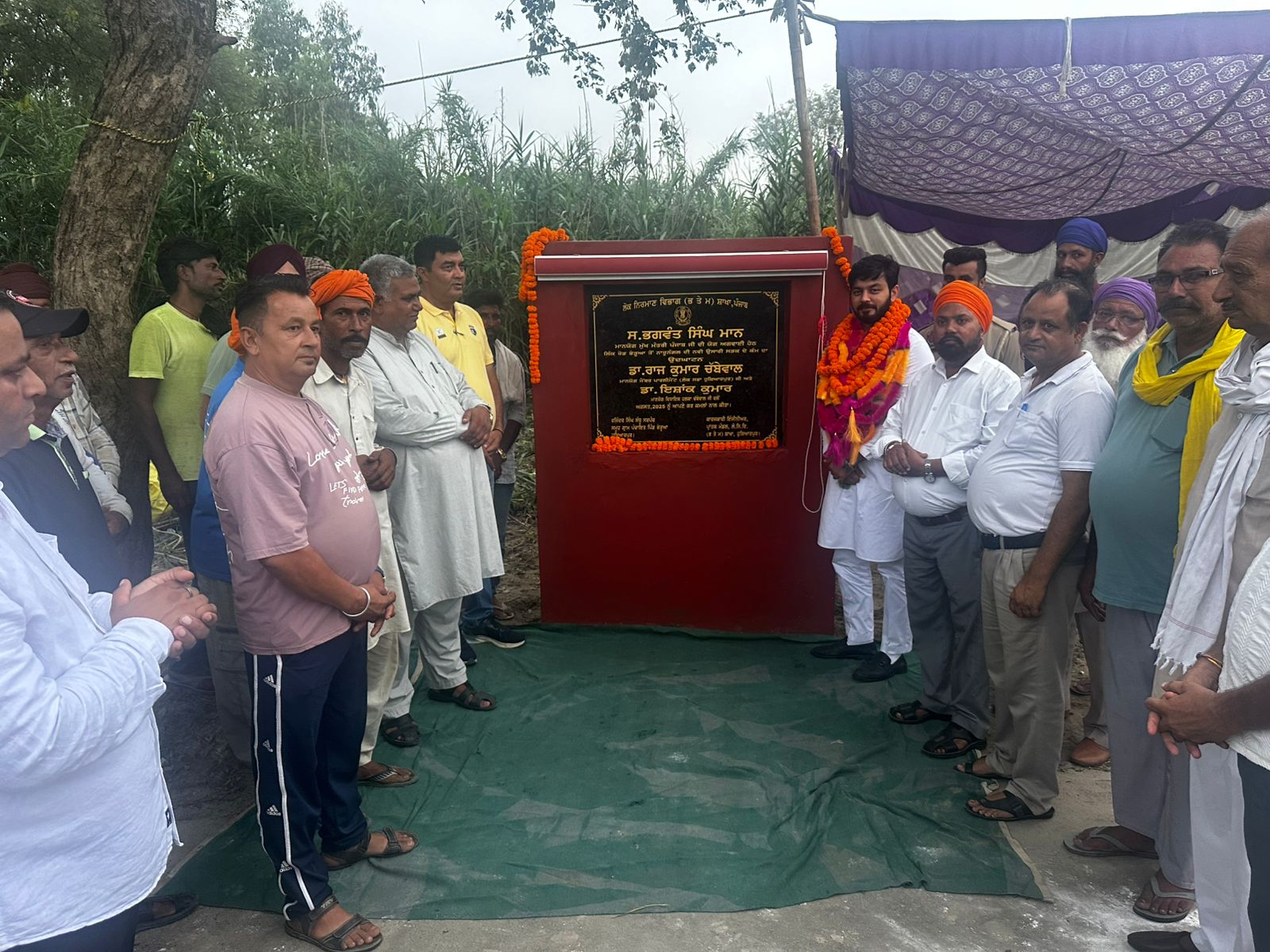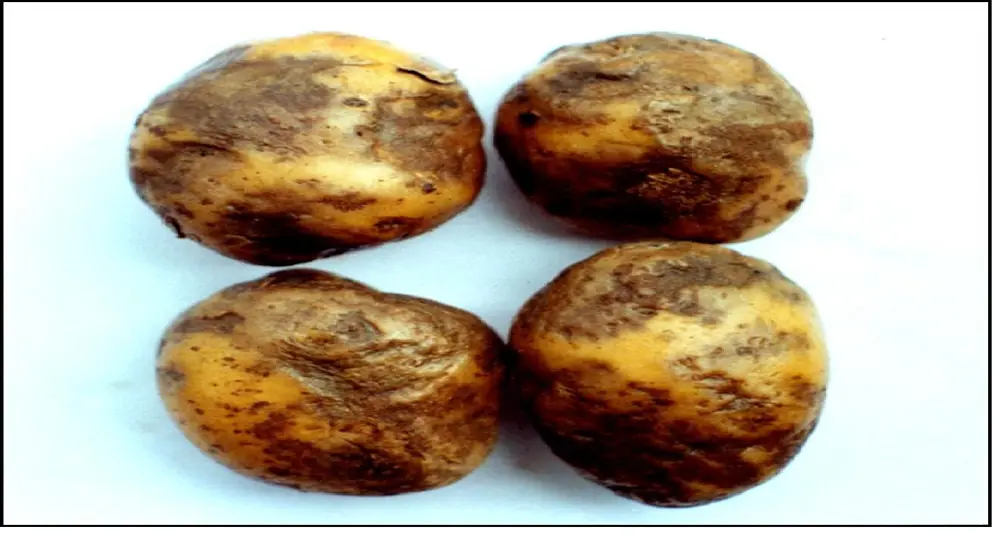
Kisana Bharavo, save seed potatoes from late blight disease: Dr. Maninder Singh Bounce
Nawanshahr, - Late blight disease is a serious problem of potatoes. If its attack starts on the potato crop, its growth is high during favorable weather due to which the yield of potatoes is adversely affected. With the attack of this disease, water-soaked dark brown spots (spots) appear on the edges of the leaves, which later turn black, and a white mold like fungus is also seen on the underside of the leaves when seen in the morning.
Nawanshahr, - Late blight disease is a serious problem of potatoes. If its attack starts on the potato crop, its growth is high during favorable weather due to which the yield of potatoes is adversely affected. With the attack of this disease, water-soaked dark brown spots (spots) appear on the edges of the leaves, which later turn black, and a white mold like fungus is also seen on the underside of the leaves when seen in the morning. During more favorable climates (10-20 degrees Celsius temperature, more than 90 percent humidity and intermittent rainfall), the disease spreads rapidly and destroys the crop within 7-10 days in such climates. The fields can be seen scorched from a distance.
This information was given by Krishi Vigyan Kendra, Langroa, Shaheed Bhagat Singh Nagar's Associate Director (Training), Dr. Maninder Singh Bounce, who said that the weather had become favorable for the attack and growth of this disease due to the rains in the month of November. And its attack was seen in the second fortnight of November in the villages of Hedi, Bahlolpur, Burma, Sahjo Majra and later in Hoshiarpur, Patiala, Ropar, Shaheed Bhagat Singh Nagar near Samrala in Ludhiana district.
After the attack on the potato crop, this disease took a serious form on the tomato crop in many villages of Patiala district. Those brave farmers who sprayed on time according to the recommendations of Punjab Agricultural University, their crops have been spared from this disease. But on the contrary, the farmers who did not prevent this disease in time, the attack of this disease was seen more.
Kisan Viro, the weather in the month of January is also favorable for this disease and there is a possibility of rain in the coming days. The fungal spores of this disease fall from the leaves and stems when it rains and get mixed in the ground. Which causes unsightly brown spots on newly formed potatoes in the ground. Similarly, when the weather warms up in the coming days, the arrival of oil is likely to increase due to which there is a fear of virus spreading. Potato virus diseases are also transmitted through the leaves to the potatoes growing in the ground. After harvesting, these diseased potatoes are kept in warehouses with healthy potatoes and become the main cause of planting diseases for the next crop. At this time, farmers are advised to cut the vines of seed crops in time. The vines of the fields which have been attacked by the blight disease should be removed from the field so that the disease does not reach the potatoes lying under the ground.
Many farmers of Hoshiarpur, Kapurthala and Jalandhar cultivate spring season potatoes. On the spring crop, this disease comes from the earlier crop (main season crop) which causes dieback of crumbels, brown streaks on stems and early death of young plants. To protect spring potatoes from this disease, farmers are advised to survey their fields from time to time and apply systemic fungicides such as 700 grams of Melody Dew or Ridomil to the crop if signs of blight are observed. Dissolve Gold or Corset M-8 or Sectin or 250 ml Reeves or 200 ml Equation Pro in 250 to 350 liters of water and do two sprays per acre at an interval of 10 days so that this disease can be controlled in time.
Apart from potatoes, this disease can also attack the tomato crop planted in nets/polyhouses. Farmers who cultivate tomatoes can save their tomato crop from this disease by timely spraying. Seed potato producers are advised to sort out and destroy infected potatoes before placing the seed potatoes in warehouses. By doing this, these seed-borne diseases can be prevented from spreading to new fields or areas.


